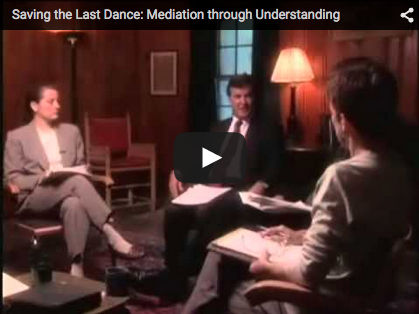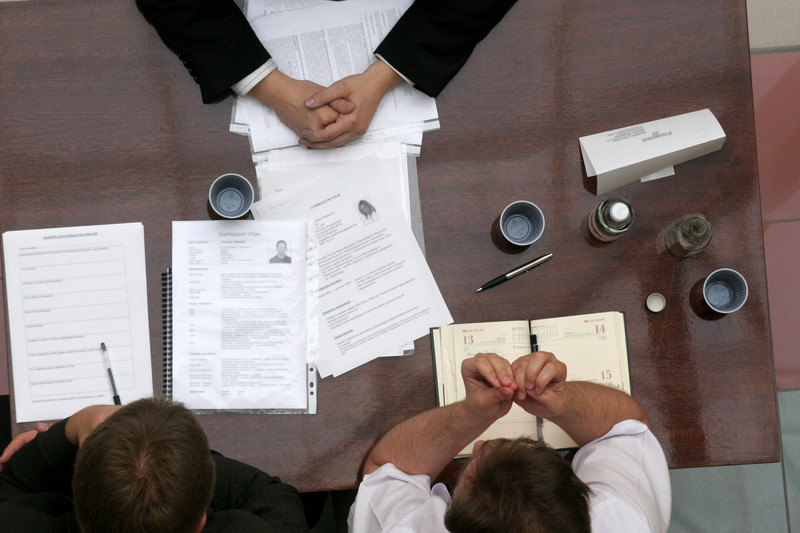If you want to see how singing is done, you watch Aretha circa 1960. If you want to see how soccer should be played, you watch Pele. If you want to see a master director, watch Alfred Hitchcock’s movies. If you want to see mediation at its best, watch “Saving the Last Dance.” Gary Friedman demonstrates how effective mediation can be. I have been using this video as a teaching tool for years because it captures the essence of what mediation is: a collaborative process that can deliver mutually satisfying results.
The skills that I am specifically seeking to teach include:
Mediation without Caucusing.
Many mediators, particularly those with less experience, tend to call caucuses at the first sign of tension or impasse. This is like calling “uncle.” You give up because you don’t want emotions to escalate; perhaps you think that it is not productive for both parties to be in the same room. As Friedman demonstrates, though, tense situations can be deescalated with the help of a skilled mediator, and caucusing need not be a first resort or even a last resort. Caucusing diminish eliminates the collaborative elements of mediation and can greatly limit the possibilities for one or both parties.
Listening and Acknowledging.
Both parties are absolutely convinced that they are right. They are willing to go to court to ensure the other side gets what’s coming to them. Friedman listens carefully to each side and acknowledges what they are saying. This is very powerful; part of the efficacy of mediation comes when each party feels as though he/she is being heard.
Reframing.
“I’m hearing you say…” At the beginning of this mediation session, the parties are playing a hot game of volleyball. You did this. No, I didn’t. You said this. You’re wrong. Back and forth. What is essential here is that the situation is reframed in a way that brings down the level of emotion. As Dr. Bernard Mayer, professor at Werner Institute for Negotiation and Dispute Resolution at Creighton University, points out, “The art of reframing is to maintain the conflict in all its richness but to help people look at it in a more open-minded and hopeful way.” It is just about saying the same thing again without the negative emotions
Remaining Calm.
Some people have a calming effect, and this is a skill that mediators can develop. Friedman may not be naturally calming – or he may be, who knows? – but in sessions, he is able to be an active listener, compassionate, empathetic, and understanding to both parties. He is like an antacid for a bad case of heartburn, able to neutralize the situation, calming everything down without losing the “richness” of the situation, or minimizing each party’s claims or emotions.
Listening, acknowledging, reframing, being unflappable…these are all essential ingredients in effective mediation and ones that will help build a resolution that suits both parties. Anything less does not realize the true potential of mediation.





